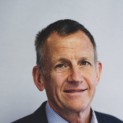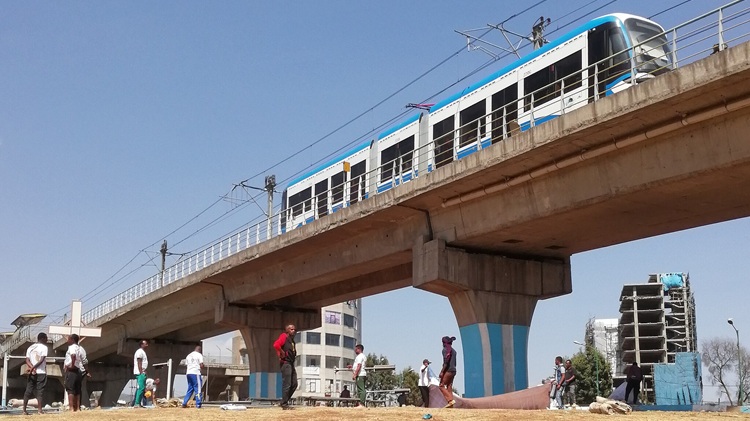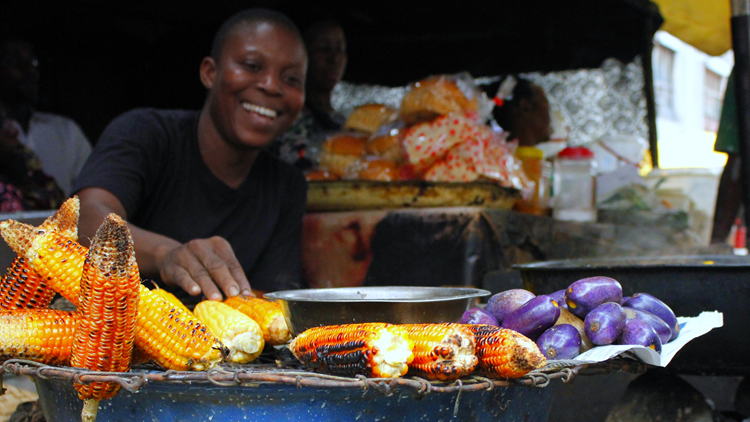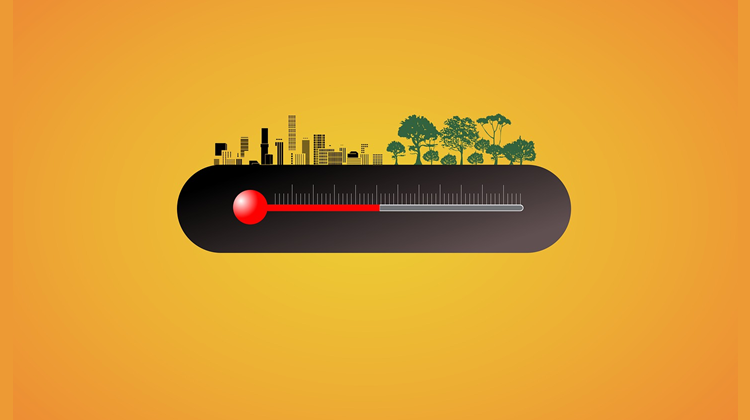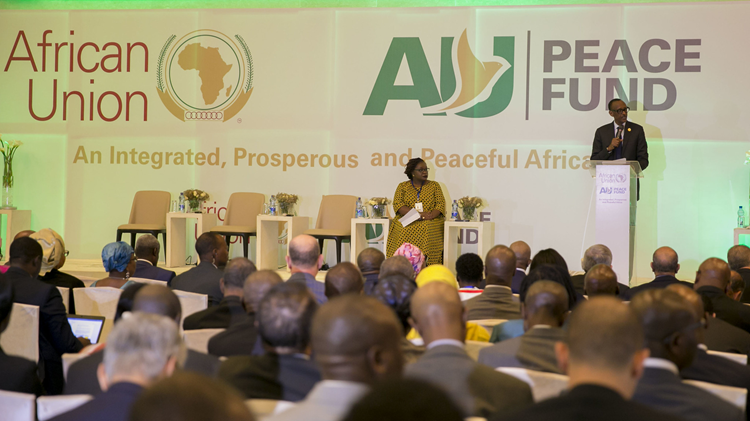Why is Africa more violent in 2024?

The power of relative deprivation: unmet expectations amid stagnant growth fuel Africa’s cycle of conflict and instability.
Africa is not in a happy spot. Libya and Sudan are partitioned. Ethiopia is struggling to contain insurgencies in Tigray, Amhara and Oromia, and widespread conflict continues in South Sudan and Somalia. The military now governs four countries in the Sahel while violent political Islam is spreading terror in Northern Mozambique, Mali, Nigeria, Burkina Faso, Niger and elsewhere.
In Kenya, popular responses to a punitive new tax regime resulted in riots, which recently led President Ruto to sack his entire cabinet and subsequently reappoint some. In Nigeria, President Bola Tinubu is similarly struggling to effect painful economic reforms after inheriting what can only be described as an unsustainable fiscal situation.
Expectations of improvements in living standards, health and well-being as a result of regular elections have not been met, and people are desperate, angry and increasingly violent. Regular elections offer the promise of progress, but generally, democracy has not delivered economic growth in Africa. Nor has it improved security. In some regions, the Sahel in particular, the lack of stability and poor development that followed led to a resurgence of the military in politics. Niger, Mali, Burkina Faso and Gabon have, of course, never really had democracy. Still, they have gone through some of the motions, such as regular elections, with the repeated promise of positive change. But the sham that has passed for democracy in these coup-afflicted countries damages the brand, oiling a yearning for stability, without which development (and democracy) is not possible.
In addition to poor leadership, deep or structural drivers constrain Africa’s growth and feed into a cycle of dissatisfaction, resentment and violence.
Relative deprivation is the tension between your actual state and what you feel you should be able to achieve. Ted Robert Gurr, the father of the theory, described it as the ‘perceived discrepancy between value expectations and value capabilities’. It is what people think they should have relative to what others have, or even compared with their own past or perceived future. The reality for many Africans is often extreme deprivation, but better education, urbanisation, the internet and social media have created expectations that these conditions can and should improve - and that ruling elites are the problem.
Relative deprivation is the tension between your actual state and what you feel you should be able to achieve
Perhaps the most impactful structural driver of relative deprivation in Africa is the lingering effects of COVID-19. On average, Africans will only recover to their 2019 pre-pandemic income levels in 2027. The rest of the world did so in 2022. So, COVID-19 cost the continent eight years of income growth, with many people still scrambling to make ends meet. Figure 1 presents the per cent change in GDP per capita comparing the current situation with a no-COVID scenario. A recent analysis by the IMF suggests that periods of stagnation lasting four years or more tend to increase income inequality up by almost 20%. Africa, with its growing population, is recovering more slowly from the impact of COVID-19 than other regions and it is fueling instability.
COVID-19 has, of course, been exacerbated by the global shocks of slower-than-expected economic growth (so-called slowbalisation) that followed Russia’s invasion of Ukraine, rising tensions between the US and China and cyclical trends. Africa is again a proxy battlefield as Russia pursues its war on Ukraine against the West in the Sahel.
COVID-19 has also significantly impacted extreme poverty. After slow but steady poverty reductions from 2003 to 2014, extreme poverty in Africa increased annually thereafter, and COVID-19 turbocharged the trend. Figure 2 presents extreme poverty in 2024 in Africa, Asia, and the rest of the world. Today, around 18 million more Africans are living below US$2.15 compared to a no-COVID forecast.
Partly as a result, Africa will also overtake Asia as the continent with the highest number of hungry people by 2030. Africa already has the largest proportion of people who do not have enough nutritious food to eat (20.4%) but Asia is home to more than half the world’s hungry people. Prospects for Asia are more positive since it has a bigger focus on local production, diversification of crops, the use of fertilisers and more public investment in agriculture than in Africa.
COVID-19 hit Africa at a time when its youth bulge, although declining, was around 17 percentage points higher than the average for the rest of the world. Sub-Saharan Africa has a particularly large youth bulge. In Kenya, almost half of its adult population is aged 15 to 29, slightly below that of Nigeria. In the UK, from which Kenya and Nigeria obtained their independence several decades ago, it is less than half that portion.
Young, increasingly better-educated, urbanising Africans want jobs, a better future, and the potential to escape from the informal economy that sees many live in urban slums such as Kibera in Nairobi or Makoko in Lagos.
Given its young population, the average African economy will grow more rapidly than other regions, perhaps around 1.5 percentage points faster, but not rapidly enough. The number of extremely poor Africans will stabilise at around 457 million people in 2026/7. By 2030, the year at which the international community has vowed to eliminate extreme poverty, around 26% of the continent’s population will still live below US$2.15 per day. The critical variable here is rapid population growth at 2.6% per annum, which, although providing a more significant labour force, requires economic expansion in excess of ten per cent per year for several decades to absorb that cohort. Instead, average rates of economic growth will probably come in at just above four per cent.
Young, increasingly better-educated, urbanising Africans want jobs, a better future, and the potential to escape from the informal economy
Meanwhile, over 60% of Africa’s GDP is spent on debt servicing, which significantly affects resources available to spend on development and real economic growth. The Afrexim Bank reports that Africa’s debt burden has grown substantially in the past 15 years, surging by 39 percentage points between 2008 and 2023 to 69% of GDP in 2023. At current interest rates, African countries cannot wean themselves off external debt, and many are a risk of default. Repayment levels constrain economic performance. Governments simply don’t have the revenues to provide more security.
Meanwhile, geopolitical rivalry again fuels instability. Previously, flows of arms to unstable parts of Africa were partly inhibited by restraints generally imposed by the UN Security Council. With a permanent member invading others and showing no restraint in the pursuit of its security interests, no one takes the Council seriously. Recently, Amnesty International pointed to the flow of weapons into Sudan from the United Arab Emirates, Russia, Turkey, Serbia, Yemen and China. Media reports of Russian and Ukrainian engagement in Mali create the impression of a proxy war.
The international community is faced with strategic choices regarding Africa’s development prospects. Much as many avert their gaze from slow progress in Africa and eulogise the purported transformative effect of generative Artificial Intelligence, the sheer number of Africans and the pressure that they will exert globally, particularly on neighbouring Europe, will, at some point, demand serious attention. That is the challenge we intend to further examine on our website and our blog series on Africa’s future. So watch this space.
Image: AMISOM Public Information/Flickr
